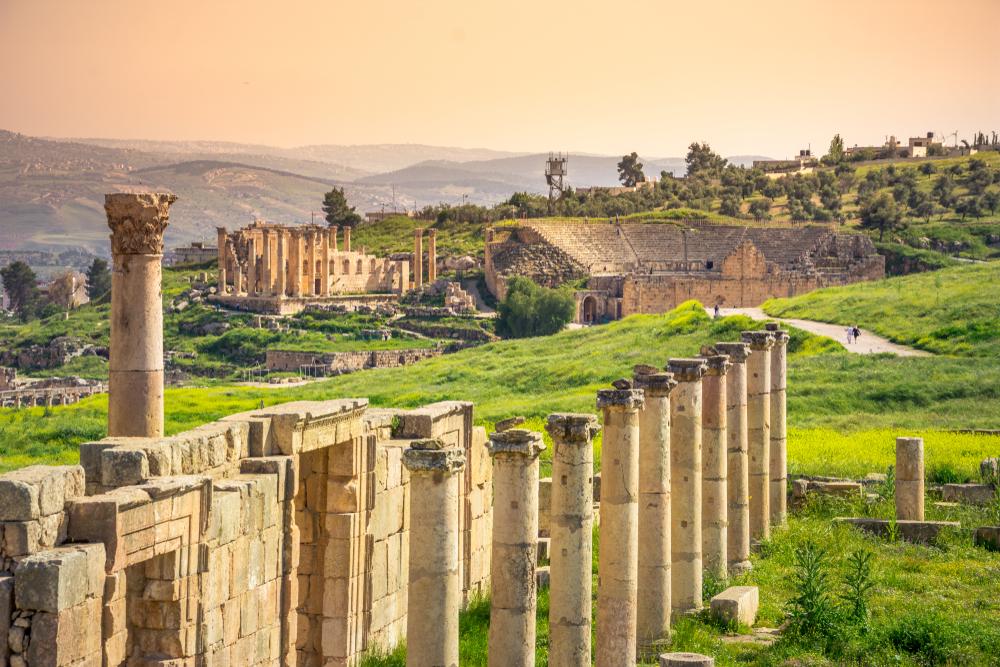With our Middle Eastern holiday nearly over, my husband and I had only four days to spend in Jordan. We figured that since much of the country is desert and the places that interested us were all situated along the western border, we'd have plenty of time. As it turned out, we did get to see and do everything we had come for, but we discovered so much more that was impossible to cram into one short visit.

Ancient ruins at Gerasa. Georgios Tsichlis/Shutterstock





